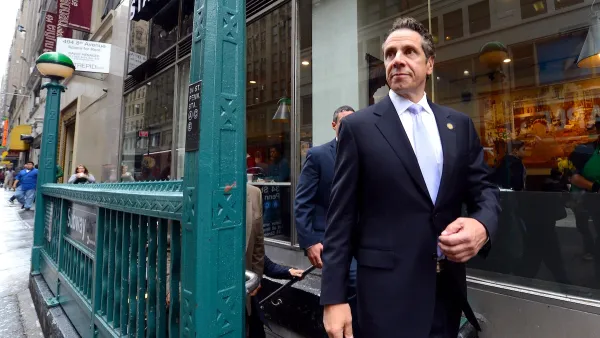Last week I was at an interview for a potential real estate developer client who wanted transit-oriented development (TOD), but weren’t sure he wanted transit. This was a progressive developer who wanted more density, a mix-of uses and walkability. How could it be he wasn’t sure he wanted the planned transit line? Is it possible the developer had it right?
Last week I was at an interview for a potential real estate developer client who wanted transit-oriented development (TOD), but weren't sure he wanted transit. This was a progressive developer who wanted more density, a mix-of uses and walkability. How could it be he wasn't sure he wanted the planned transit line? Is it possible the developer had it right?
As it turns out the developer wasn't as wrong as you might think. In most communities across the United States one of the biggest problems with TOD is the "T." Developers figured out long ago the process of creating special places -– place making –- creates value by making places people want to come back to.
Transit agencies on the other hand have yet to learn this place making lesson. Transit managers are often content to design transit around parking for the automobile and bus stops. How transit fits into the community, how it behaves as a good neighbor or how it creates special places is a question rarely asked.
Based on our research and experience developer interest in TOD is at an all time high. Yet given the development hostile design of transit projects in most of the United States it might not be surprising developers might be reluctant to have transit as a neighbor.
If transit agencies want to avoid the "I want TOD, but I don't want transit" developer conundrum they are going to have to change transit. Transit managers need to design more of their transit stations to fit into the community and stop designing transit just for the automobile.

Planetizen Federal Action Tracker
A weekly monitor of how Trump’s orders and actions are impacting planners and planning in America.

Maui's Vacation Rental Debate Turns Ugly
Verbal attacks, misinformation campaigns and fistfights plague a high-stakes debate to convert thousands of vacation rentals into long-term housing.

Cuomo Is the Candidate of Both NIMBYs and Developers. What Gives?
In the New York City mayoral race, odd bedfellows align to preserve the housing status quo.

San Antonio and Austin are Fusing Into one Massive Megaregion
The region spanning the two central Texas cities is growing fast, posing challenges for local infrastructure and water supplies.

Charlottesville Temporarily Has No Zoning Code
A judge ordered the Virginia city to throw out its newly revised zoning code, leaving permitting for new development in legal limbo.

In California Battle of Housing vs. Environment, Housing Just Won
A new state law significantly limits the power of CEQA, an environmental review law that served as a powerful tool for blocking new development.
Urban Design for Planners 1: Software Tools
This six-course series explores essential urban design concepts using open source software and equips planners with the tools they need to participate fully in the urban design process.
Planning for Universal Design
Learn the tools for implementing Universal Design in planning regulations.
Heyer Gruel & Associates PA
JM Goldson LLC
Custer County Colorado
City of Camden Redevelopment Agency
City of Astoria
Transportation Research & Education Center (TREC) at Portland State University
Jefferson Parish Government
Camden Redevelopment Agency
City of Claremont


























